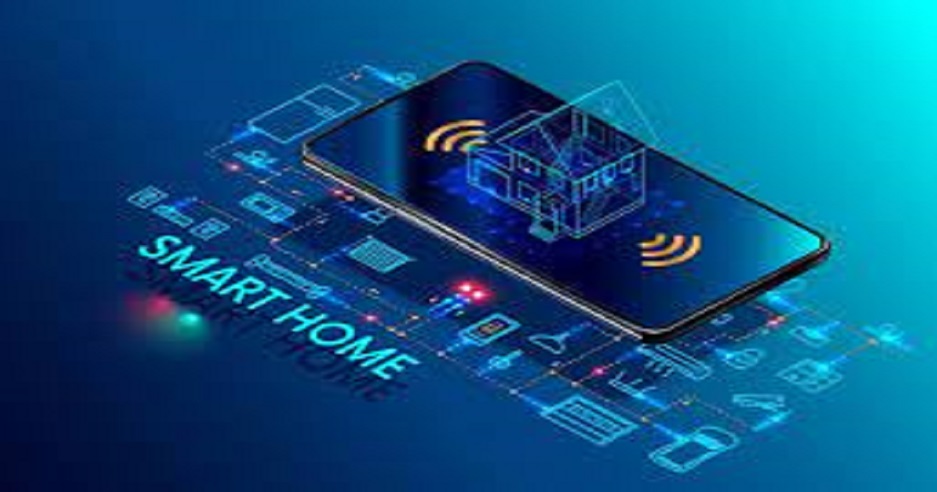


IoT (Internet of Things) and Wireless Sensor solutions refer to the integration of sensor devices and communication technologies to collect, transmit, and analyze data from physical objects or environments. These solutions enable the seamless exchange of information between devices, systems, and cloud platforms, leading to improved automation, monitoring, and decision-making processes.
Key Components of IoT & Wireless Sensor Solutions:
Sensors: Various types of sensors are deployed to gather data from the physical world. These sensors can measure parameters such as temperature, humidity, pressure, motion, light, sound, and more.
Connectivity: Wireless communication technologies, such as Wi-Fi, Bluetooth, Zigbee, LoRaWAN, and cellular networks, enable the sensors to transmit data to centralized systems or cloud platforms.
Gateway: IoT gateways act as intermediaries between the sensors and the cloud, aggregating and filtering data before sending it to the cloud for further processing.
Cloud Platform: The collected data is sent to cloud-based platforms for storage, analysis, and visualization. Cloud platforms enable real-time monitoring and remote management of IoT devices.
Data Analytics: Advanced analytics tools are used to process and interpret the collected data, providing valuable insights and supporting data-driven decision-making.
Actuators: In some IoT applications, actuators are used to take actions based on the analyzed data, enabling automation and control of connected devices or systems.
Common Applications of IoT & Wireless Sensor Solutions:
Smart Home: IoT-enabled smart home solutions allow homeowners to control and monitor devices like thermostats, lighting, security cameras, and appliances remotely.
Industrial IoT (IIoT): IIoT solutions are used in industries for predictive maintenance, asset tracking, and process optimization, leading to increased efficiency and reduced downtime.
Environmental Monitoring: Wireless sensor networks are deployed to monitor environmental factors like air quality, water quality, and weather conditions for research and public safety purposes.
Healthcare: IoT and wireless sensors are used in healthcare for remote patient monitoring, medical device connectivity, and tracking of medical assets.
Agriculture: IoT solutions in agriculture enable precision farming by monitoring soil conditions, irrigation, and crop health.
Smart Cities: IoT is utilized in smart city initiatives for traffic management, waste management, energy optimization, and public safety.
Security and privacy are critical considerations in implementing IoT and wireless sensor solutions, as the large-scale deployment of connected devices increases the potential attack surface for cyber threats.
As technology continues to advance, IoT and wireless sensor solutions are expected to play a significant role in transforming industries, enhancing data-driven decision-making, and making our environments more intelligent and efficient.
© Copyright 2024 All Rights Reserved